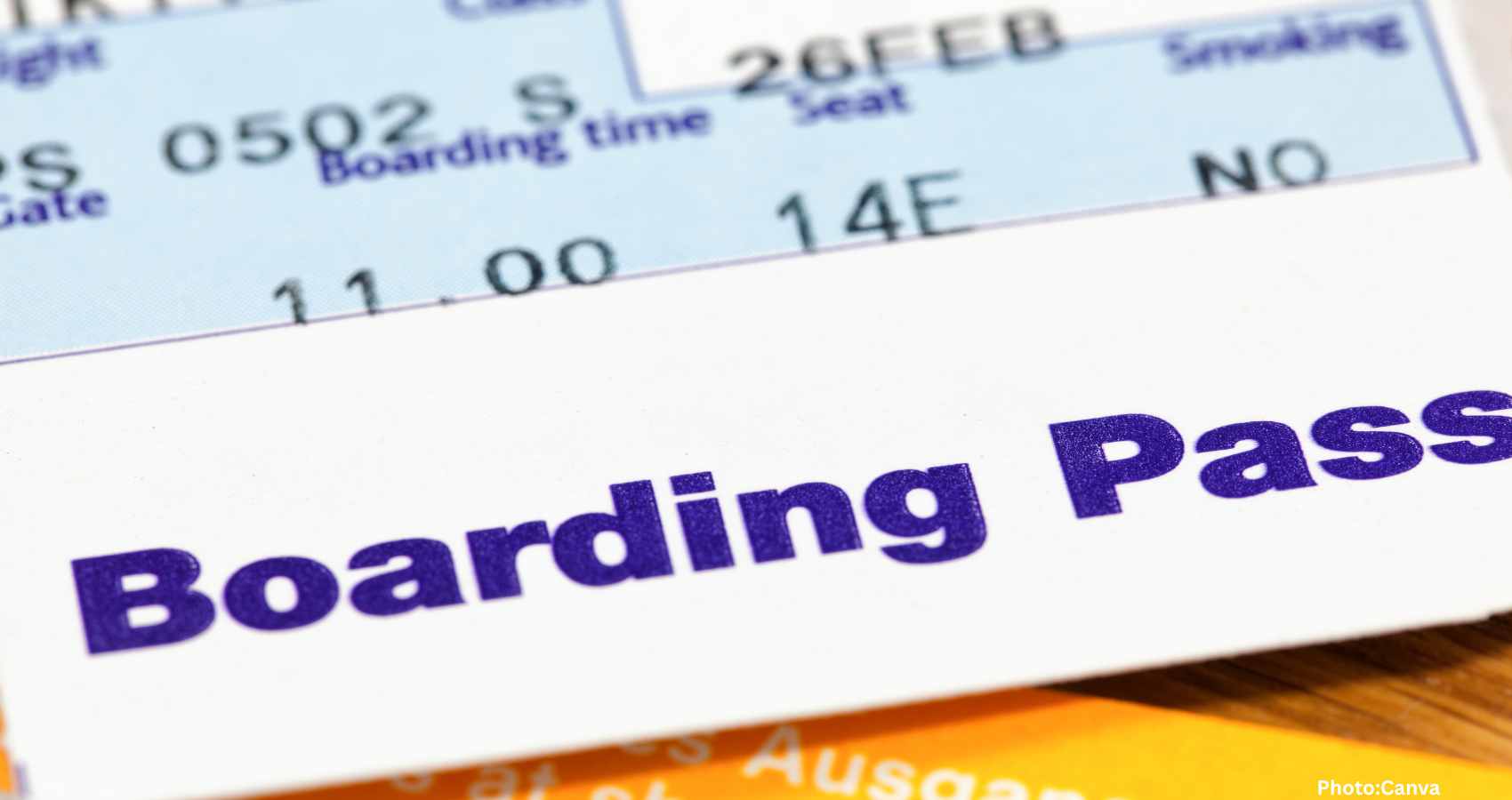While smartphones have revolutionized the way travelers check in for flights, having a printed boarding pass can prevent unexpected hiccups that technology might not mitigate.
The evolution of boarding passes mirrors the advancement of technology over the decades. Initially, passengers received handwritten tickets without seat assignments, which served as boarding passes in the early days of commercial aviation. By the 1970s, airlines began utilizing computers to issue boarding pass cards, some of which allowed passengers to choose non-smoking sections. The 1990s witnessed the emergence of print-at-home paper boarding passes as personal computers and email became more common. Following the smartphone revolution, mobile boarding passes became the norm by 2010. However, seasoned travelers are now reverting to printed passes despite the convenience and environmental benefits of digital versions.
There are several compelling reasons to opt for a printed boarding pass over a digital one. A primary concern is the dreaded possibility of your phone dying at a crucial moment. Consider the scenario described by Karen Kapnik, a frequent flyer who almost missed a flight because her phone’s battery died just as she approached a TSA agent. Despite being an early adopter of mobile boarding passes, that unsettling experience led her to consistently print her passes henceforth.
Another issue can arise from losing service or Wi-Fi connectivity. Adam Scott, the founder of BermudAir, prioritizes providing mobile boarding passes that can be saved onto Apple Wallet. Yet, he advises travelers to carry a printed copy of their boarding passes, highlighting potential connectivity issues at some international airports. Although a screenshot can circumvent the need for live internet access, forgetting to do so or an unexpected device shutdown can still leave travelers scrambling.
App glitches present yet another risk. Even the highest-rated airline apps are not immune to errors, as travel advisor Rebekah Ingraham experienced in Italy. Her mobile boarding pass alternated between available and unavailable status during a tight connection in Paris. Similarly, former flight attendant and travel expert Bobby Laurie recounts an incident when a cancelled flight made his mobile boarding pass disappear, complicating the rebooking process significantly. Having a printed pass in such cases can save valuable time and reduce stress.
Furthermore, printed boarding passes often contain more detailed information than their mobile counterparts, such as the ticket number. This information can be crucial if passengers need to contact the airline to request a refund or resolve booking issues.
In conclusion, while digital boarding passes offer undeniable convenience, their reliability can falter at critical junctures. Thus, maintaining a printed copy of your boarding pass remains a wise precautionary measure to ensure a smooth and stress-free travel experience.

